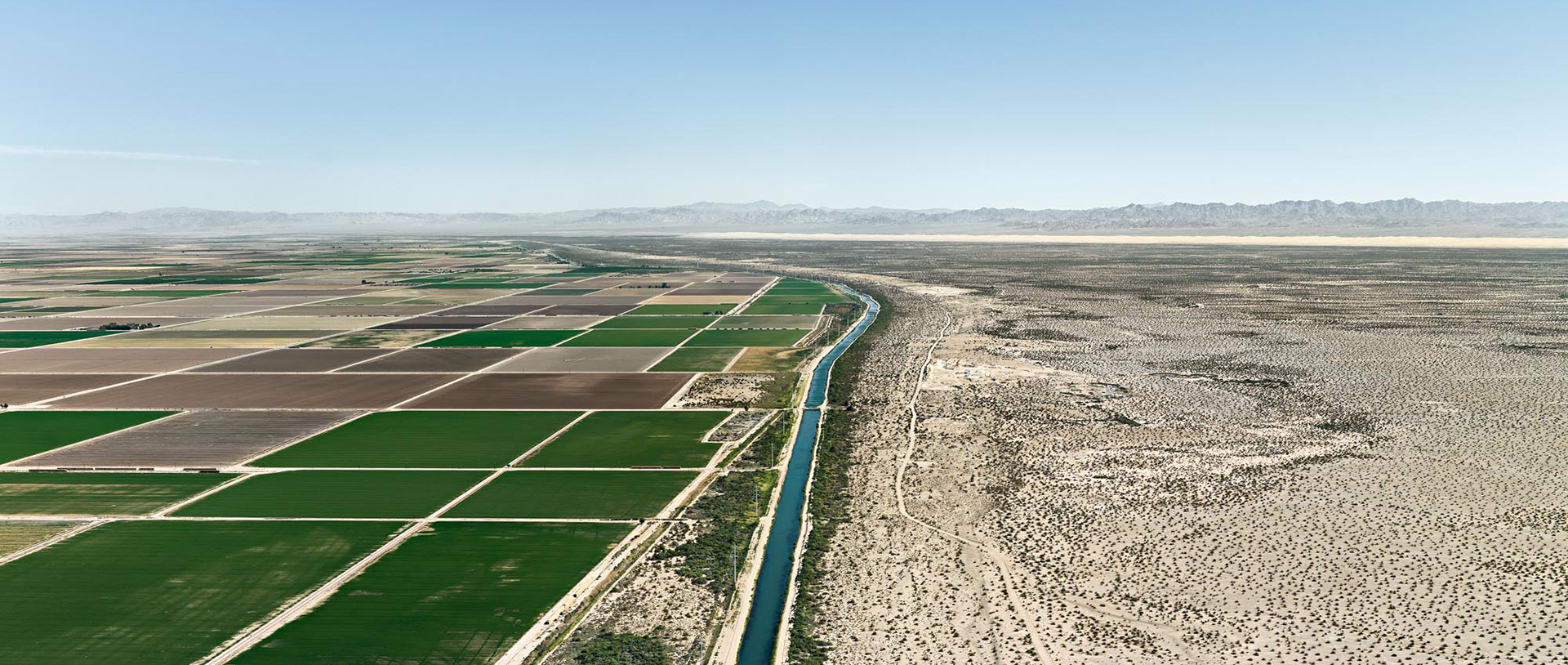Edward Burtynsky, whose work over the past thirty years has been focused on ecology, combines aesthetic and documentary approaches. The exhibition at the Pavillon Populaire in Montpellier, France showcasing some fifty images on the theme of water, is also an opportunity to explore the notion of commitment.

You’re getting blind.
Don’t miss the best of visual arts. Subscribe for $9 per month or $108 $90 per year.
Already suscribed ?



